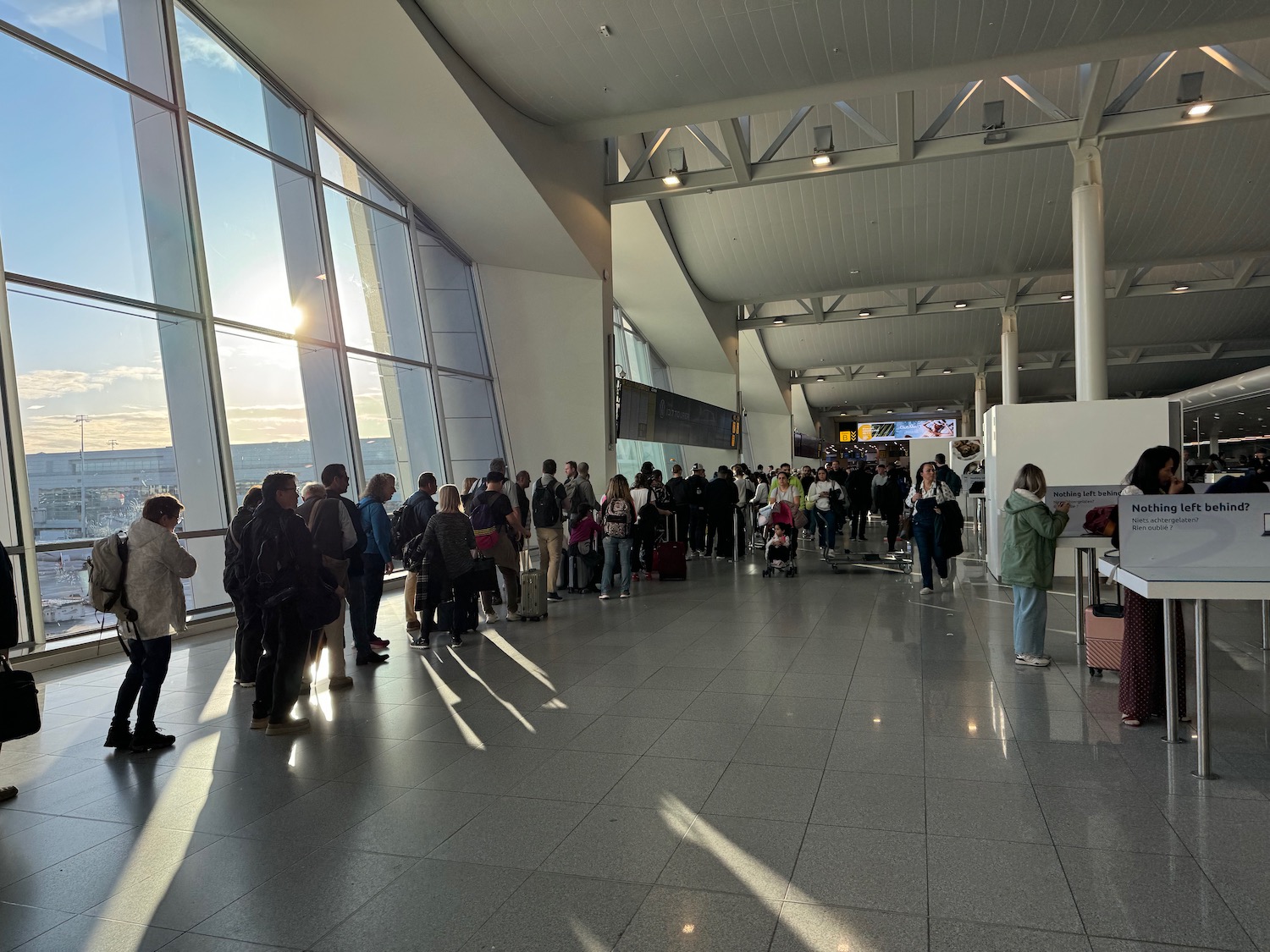Europe just switched on biometric border checks. Here is what the new Entry/Exit System means for your next trip and how to get through quickly.

Europe Flips The Switch On EES
The European Union has begun rolling out its Entry/Exit System, a biometric program that replaces ink passport stamps with a digital record. As of October 12, 2025, border posts across 29 Schengen countries started a six-month, phased launch. By April 10, 2026, EES becomes standard at all external Schengen crossings. Expect fingerprints and a photo the first time you enter EU countries, then faster checks on return visits within three years to member states.
What Changes At The Border
On your first EES entry, expect a kiosk or a staffed station to capture your fingerprints, a facial image, and passport details. That replaces the stamp and creates a digital log of your time in the zone. Subsequent trips should be quicker since the system verifies you against those biometrics without a fresh enrollment. Families should know that kids under 12 are photographed but not fingerprinted.
This is the same process that those from European countries (and throughout the world) have encountered when they enter the United States for many years. Most Americans are unaware of this because they do not encounter it when returning home.
Who Is Affected?
EES applies to non-EU visitors coming for short stays, including Americans, Canadians, Australians, and Britons. It is used at air, sea, and land borders across the Schengen Area. Ireland and Cyprus are not part of Schengen, so EES does not apply there. The rule set helps enforce the 90-in-180 day limit by tracking actual days in the zone and limit visitor visa overstays.
Timeline And Fine Print
The EU launched EES on October 12 with a progressive rollout over six months at multiple points through the Europe border. Full operation begins April 10, 2026. Some checkpoints will be ready earlier, others later, so experiences may vary during the transition. Long lines are possible at busy crossings while staff and travelers learn the flow. I will report back following an upcoming trip this winter to the France.
EES Versus ETIAS
EES is not the same as ETIAS. EES is the biometric entry and exit log at the border. ETIAS will be a separate travel authorization that the EU plans to introduce later, similar to the US ESTA. Travelers should expect both systems in the future, but only EES is live now.
The ETIAS requires a limited amount of background data prior to approval and incurs a nominal fee of €20 and lasts for three years or until the passport it’s attached to expires. Those under the age of 18 or over the age of 70 are exempt from the fee but still need to file for the clearance. Every traveler (including families or groups traveling together) must file for their own ETIAS.
UK Exceptions
If you route through the UK, EES does not apply while you are in Britain. You will encounter EES only when you cross into Schengen. Some UK departure points that connect directly to Schengen are staging their own procedures for specific traffic types during the rollout. That will expand over time.
Conclusion
Europe’s new border routine is here. EES modernizes the old stamp ritual with biometrics that should make repeat trips smoother once the initial enrollment is done. Give yourself a little extra time this season, especially at land crossings and busy airports, then enjoy the digital convenience on your next visit. The ink stamp is nostalgic and will be missed, but utilizing electronic gates will make entry faster at most airports which is a welcome change.
What do you think?




That’s for the best, especially if you travel a lot (and don’t ‘want’ stamps) because other than an expired or damaged passport, the only other real issue we frequent flyers face is ‘not having blank pages’ remaining. Also, if these new technologies enable more efficient immigration and customs processing, I welcome that, for sure. To anyone concerned about ‘privacy,’ fellas, this is not the spot to whine about that (you’re stuff is all already out there, unless you’re a hermit.) As to ETIAS, hopefully the EU continues to delay that, indefinitely.
Are people reporting that they are or are not getting passport stamps during this interim period?
Until April 2026 when the system will be fully rolled out, you are likely to still get a stamp on entry if it’s your first time since 12th October because you may leave Schengen by a point that is not yet live on the system. After April 2026, there won’t be any more stamps. I’ve been through a several major entry points to Schengen in recent weeks and all appeared to be there for photographs and finger prints but it was prior to 12th October. I include CPH, AMS, ATH and FCO but then I’m an Irish passport holder so I could only look in the distance!
All made a big fuss about the US entry system!!
Now the shoe is on the other foot via the Schengen countries.
Who’s next!!
It stinks. I’ve been collecting stamps all my life. I’m opposed to bio totalitarianism and mass surveillance. Another charm taken out of travel
BTW, I’ve heard some airports might have the kiosks all together, while others will have them located in free space as you hike toward bagge claim. You should always grab the first one you see without a queue. True in Australia, too.
I just went to Europe for a day and on the way in we had the normal procedure, while on the exit we had the new procedure. My passport was stamped both times.
One thing to note that this system of taking photographs and finger prints takes really long. Expect delays. I had a line of like 10 people in-front and it took around 20-30 minutes.
How will this work in Germany, when you get “stamped” twice? Once for passing through security and a second stamp on the back of your passport to access your concourse.